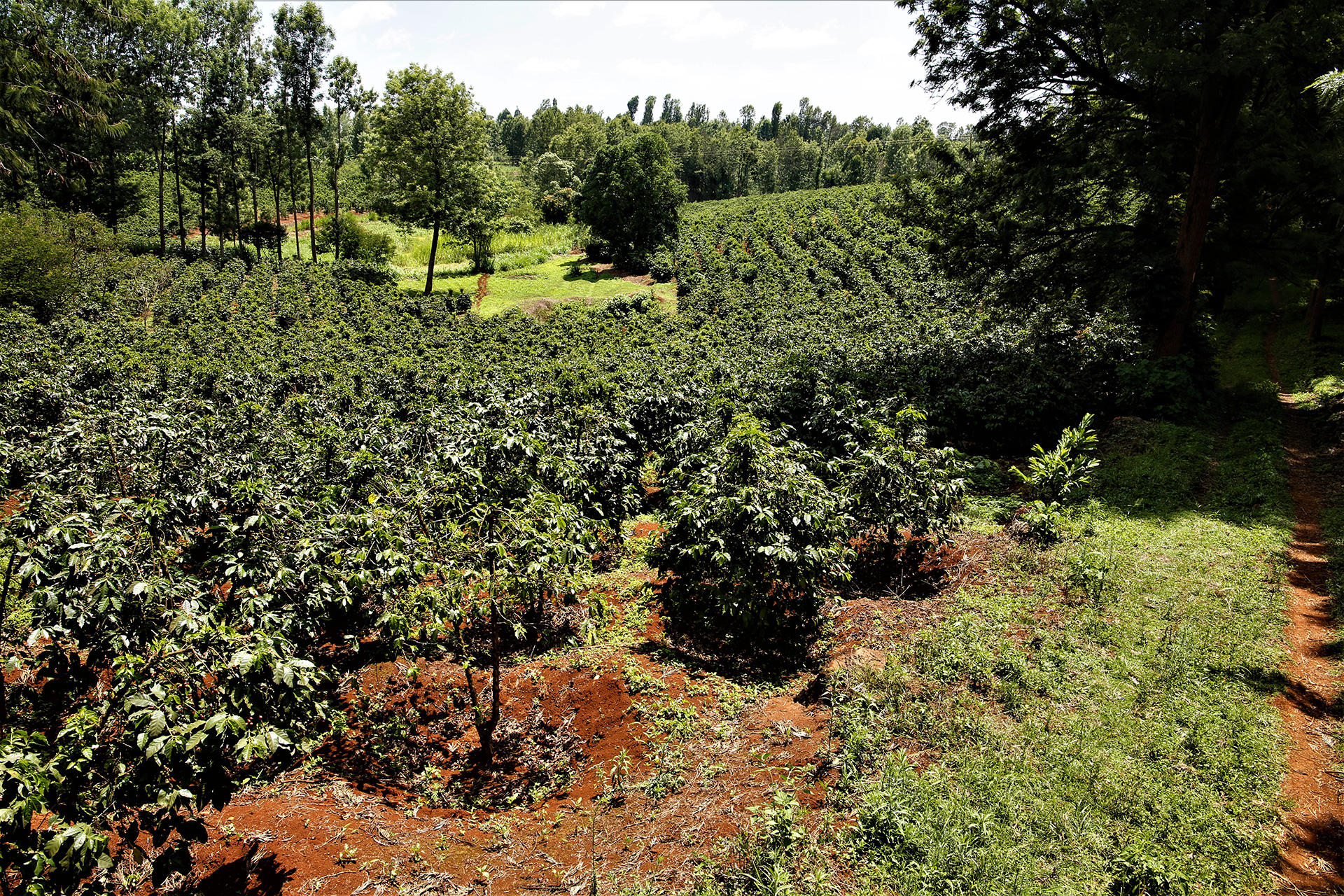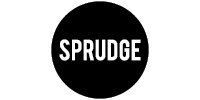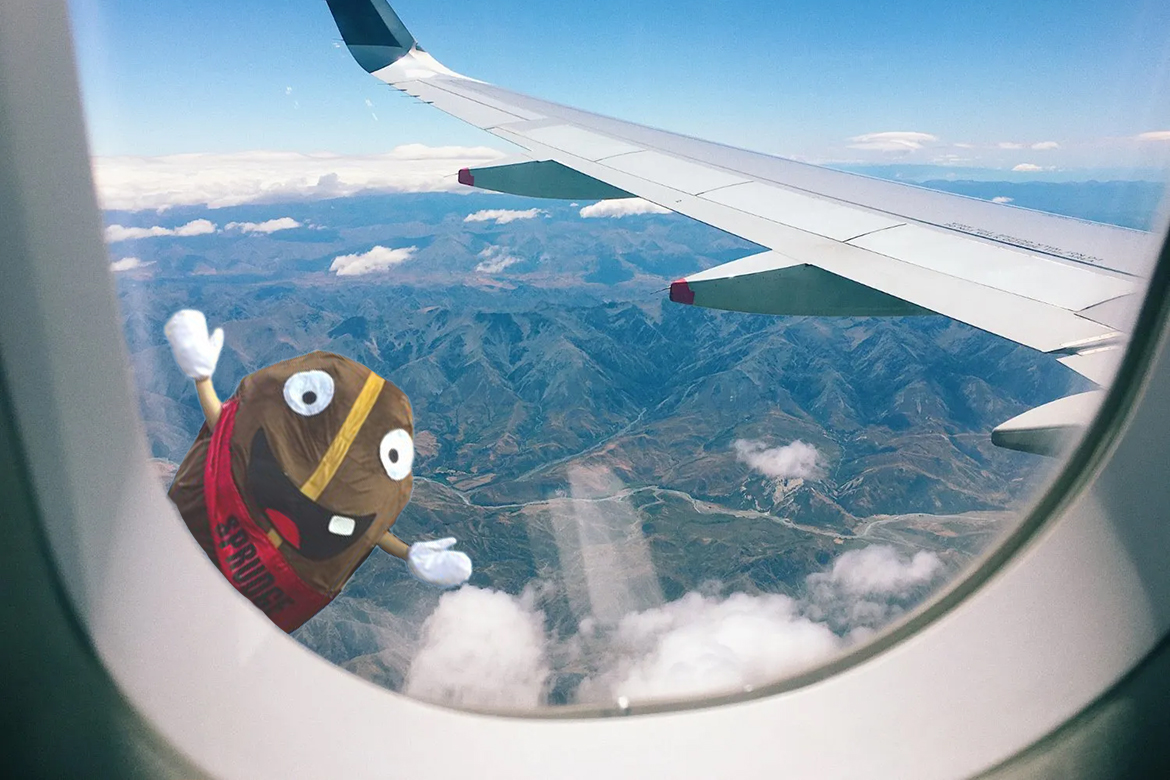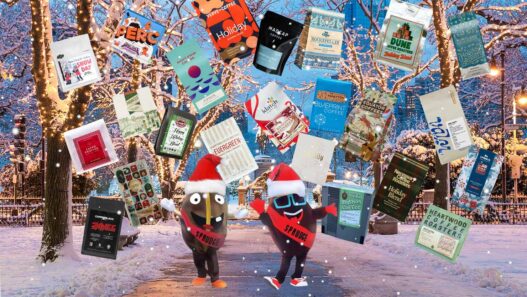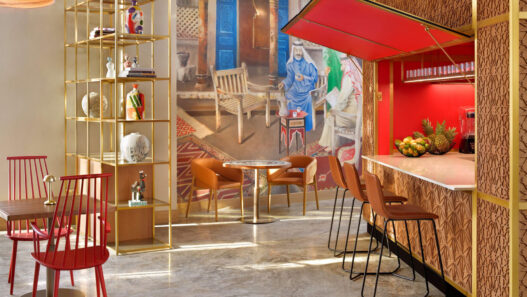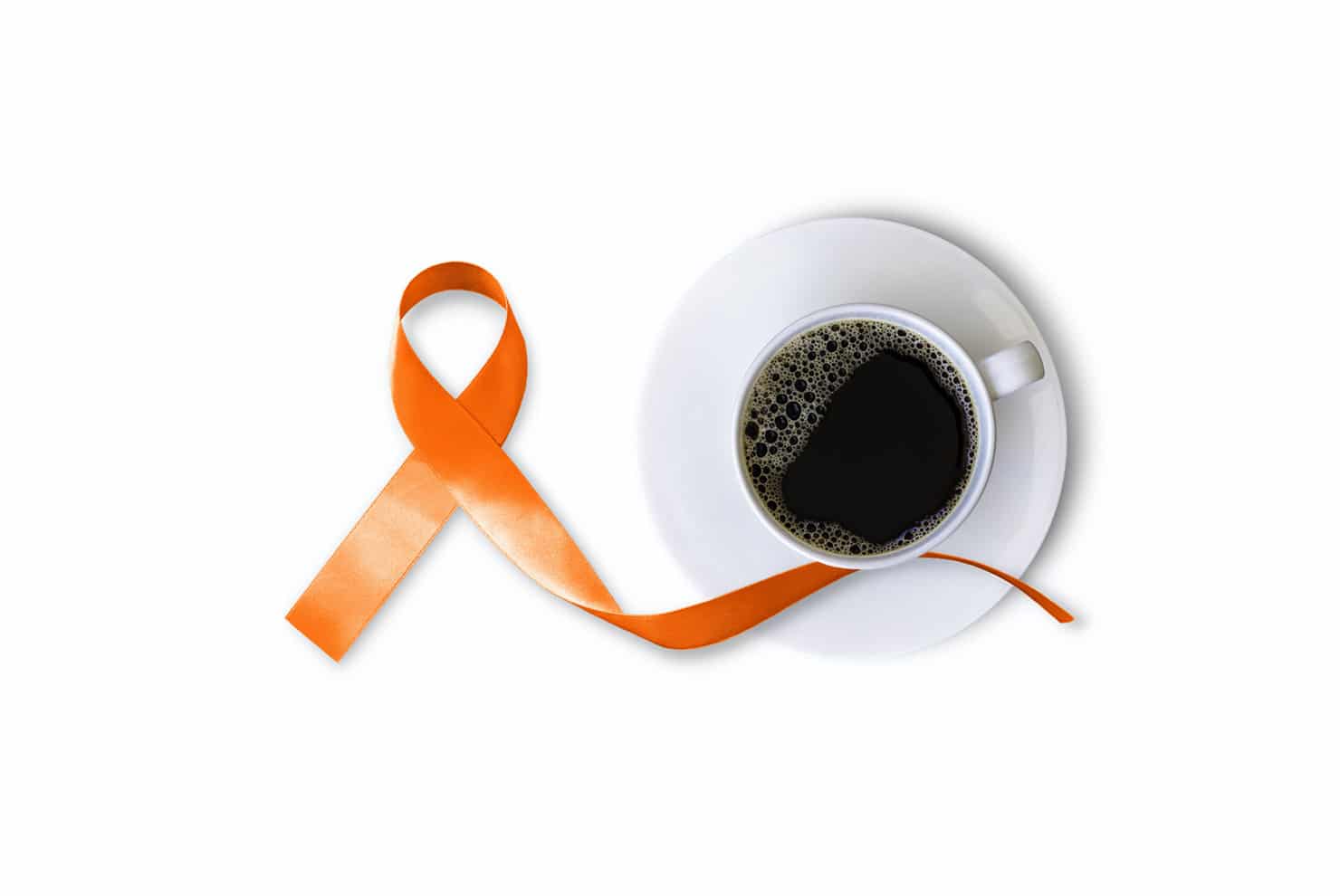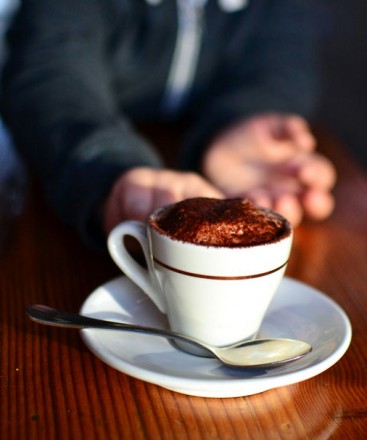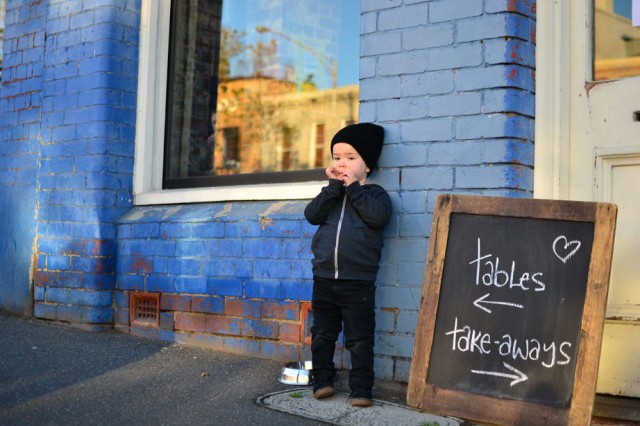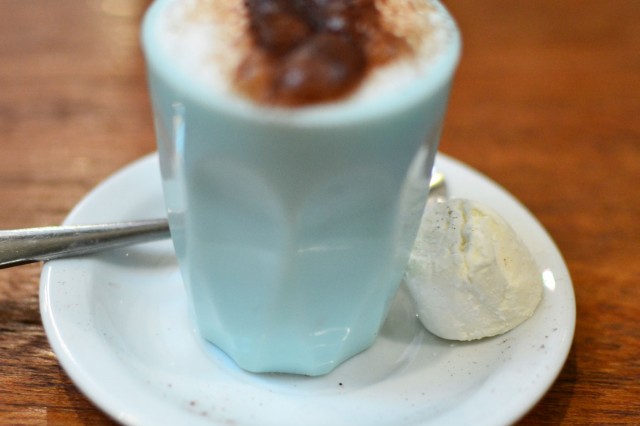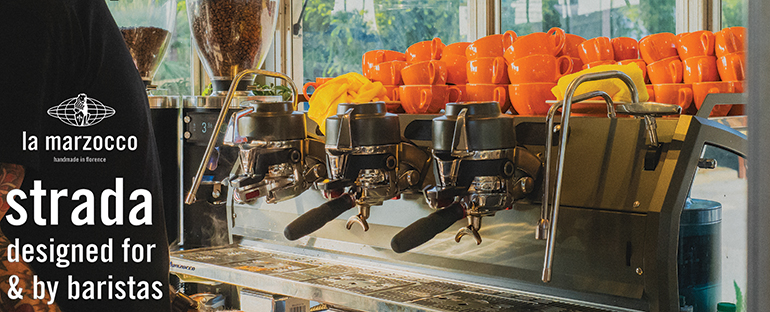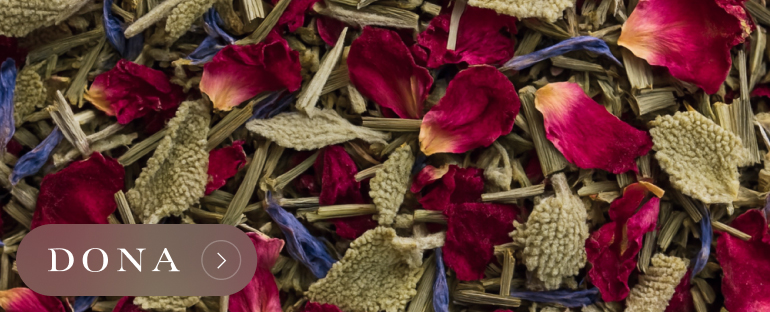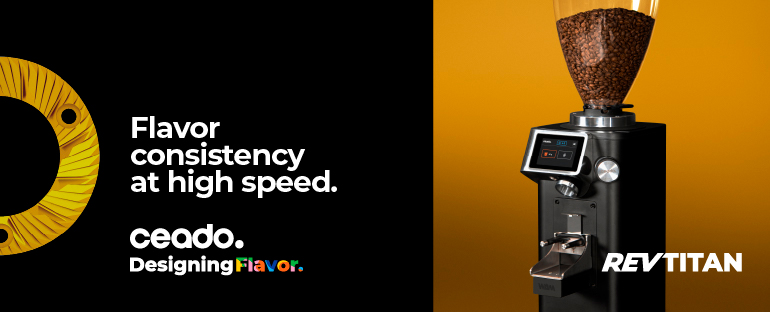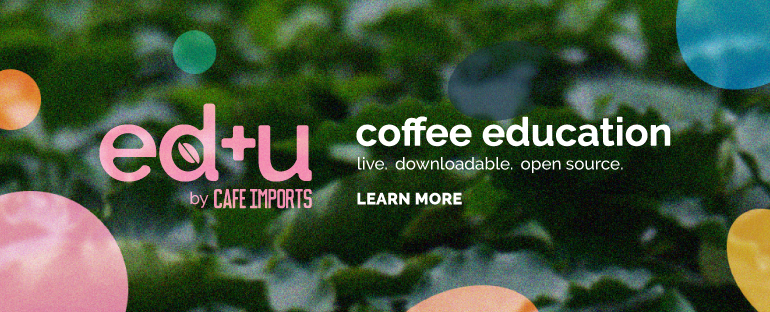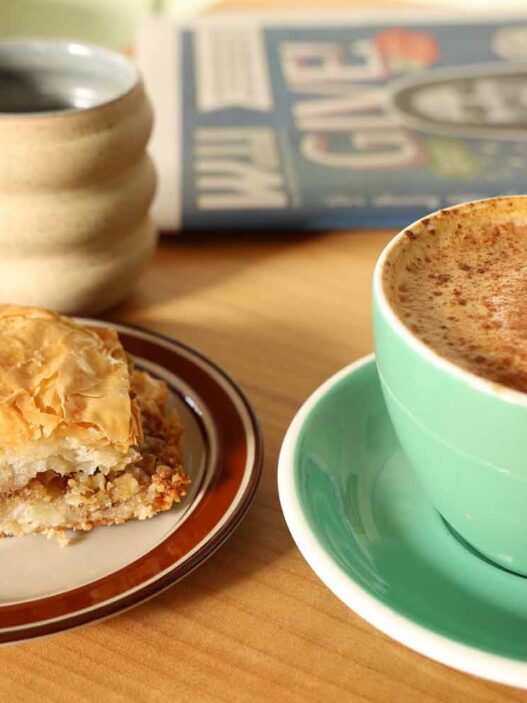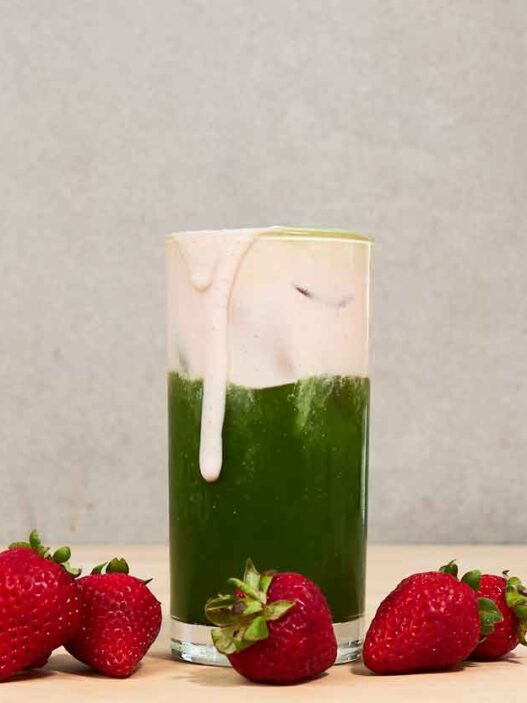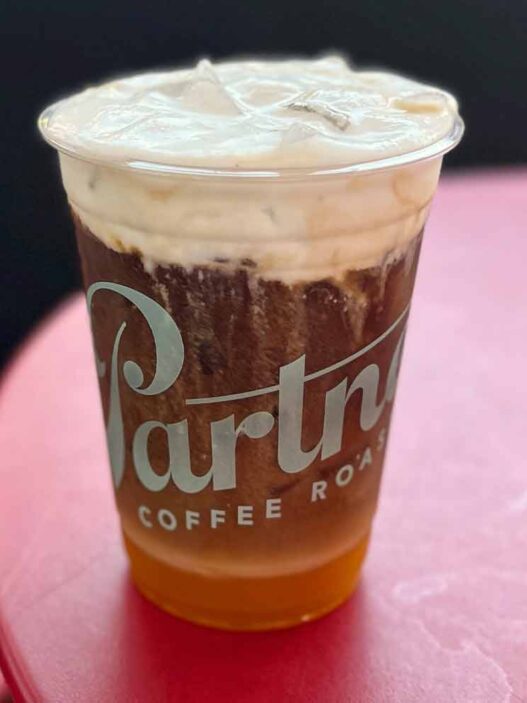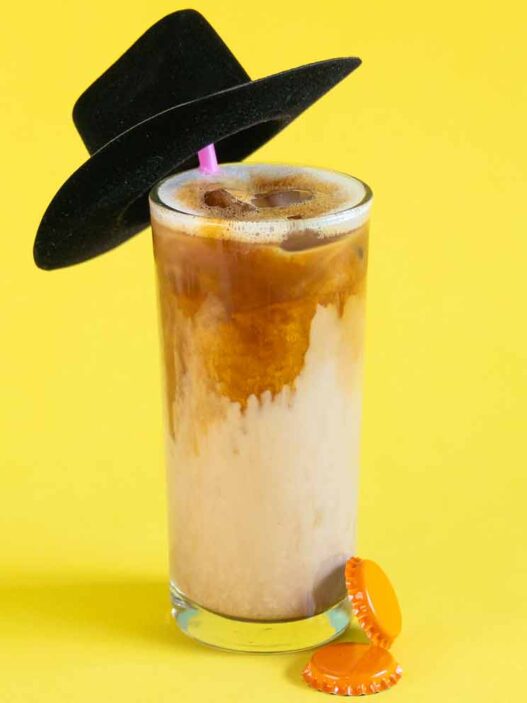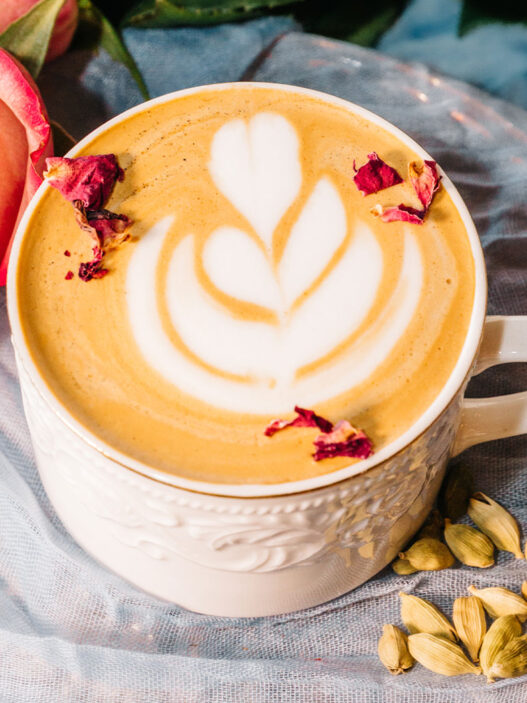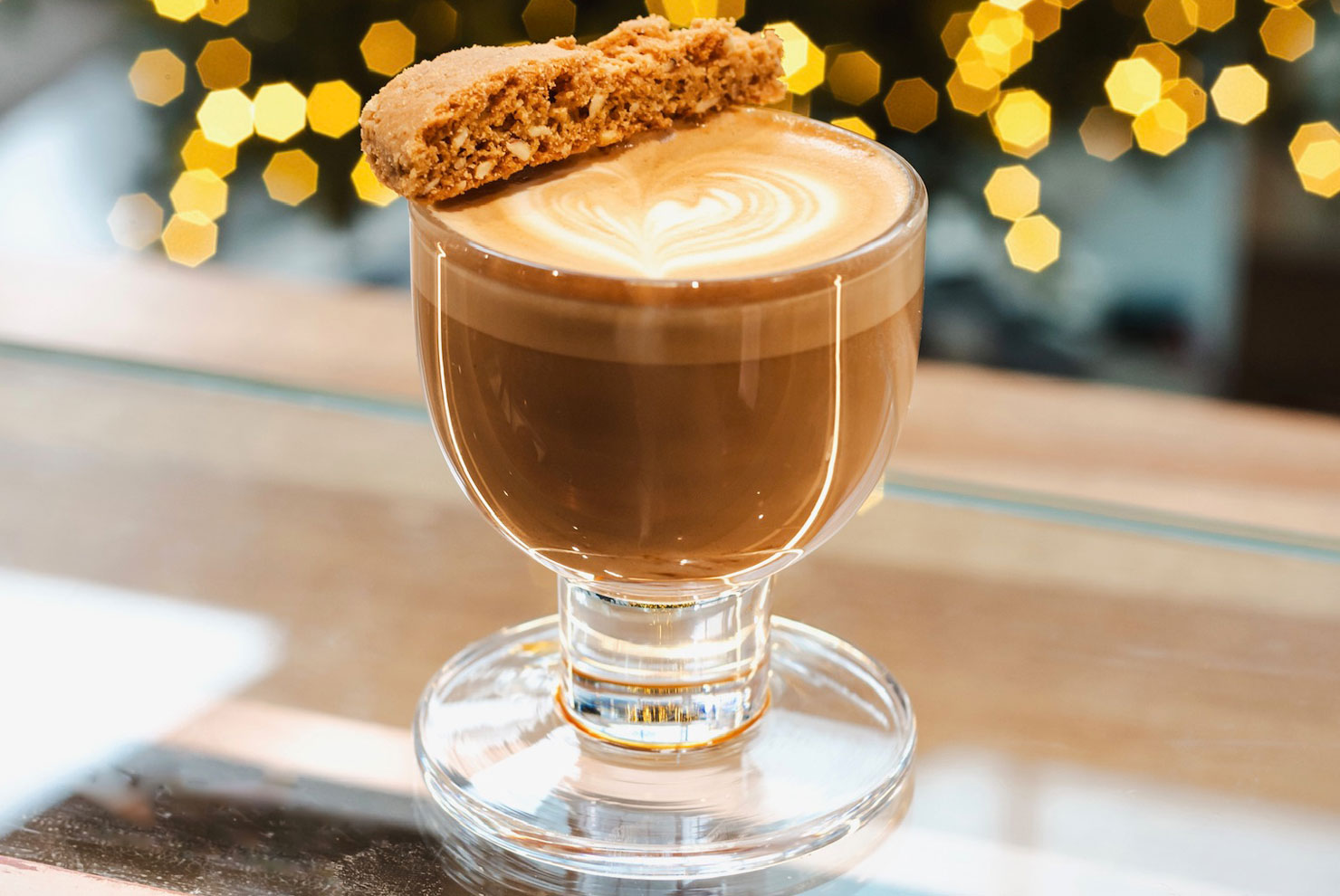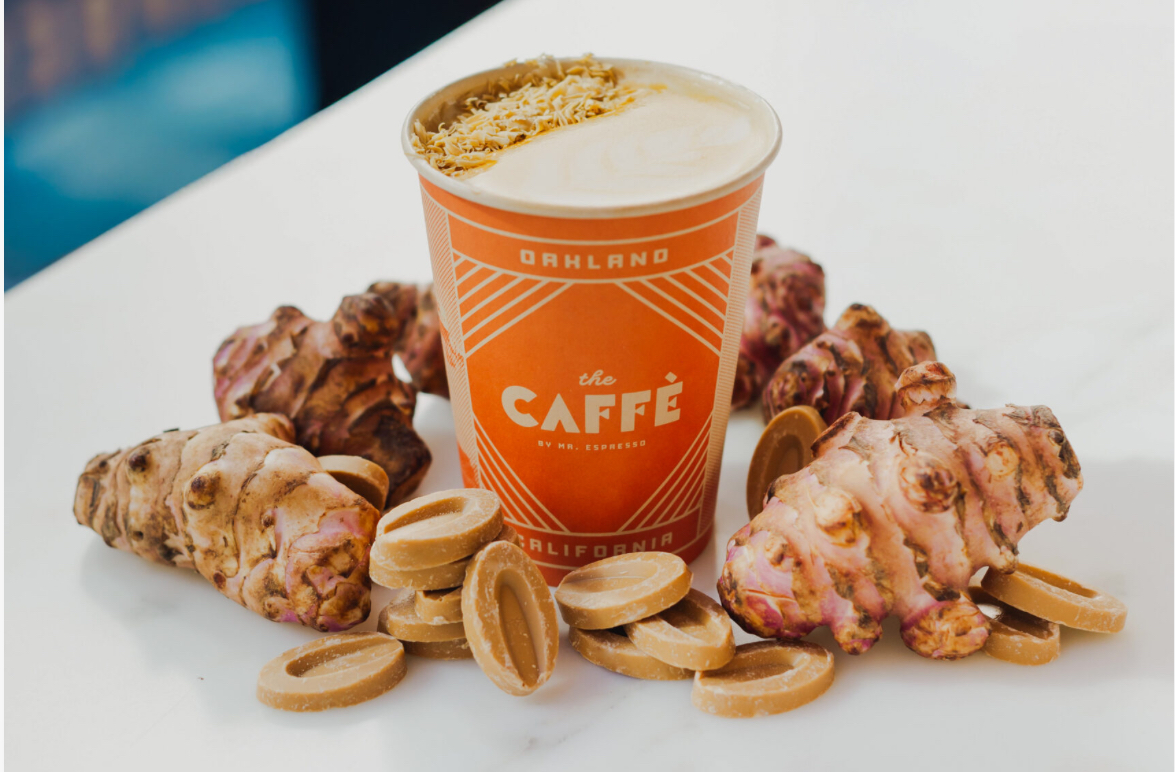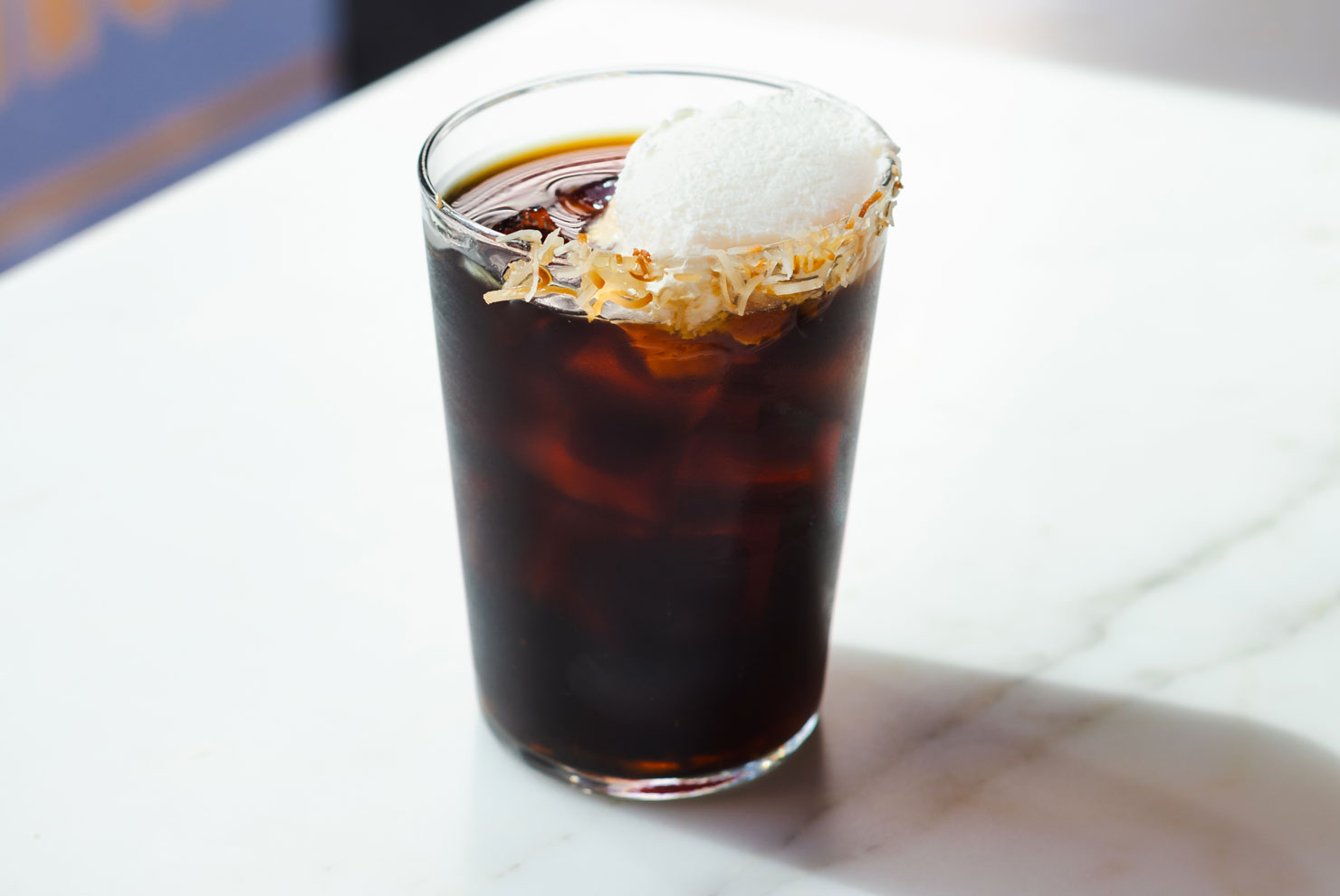There is a long standing Australian cultural tradition designed to prepare the next generation of cafe goers. If you work in coffee in Australia, it’s a part of your daily life, but no matter where you’re located on the planet, odds are there’s an Aussie mum calling out this drink’s silly name. You’ve read about it on Sprudge, in New York Magazine, and the Brooklyn Paper – it’s the hottest thing in milk since the nipple. Let me introduce you to the babycino.
Like most things, the babycino’s origin is a source of debate between Australians and New Zealanders. As is the way in this part of the world, anything good is claimed by Australia first and then counterclaimed by New Zealand as actually originating there. Similar conflicts have occurred over the origin of the Pavlova, Russell Crowe, and the music of Crowded House. The flat white is claimed by both countries; the music of Russell Crowe is claimed by neither.
If you’ll forgive me a bit of apocrypha, no one keeps precise histories of these things, and it’s the hope of Your Sprudge Editors that this feature will serve as a kind of de facto history of the babycino in its current form. The drink’s origin story begins in the mid-90s, when baristas across Australia and New Zealand had their Eddie Vedder tresses in a twist over the growing trend of mums and dads bringing kids into the hip cafes. The babycino was born out of necessity, as a simple drink that allowed baristas to adopt a SDSU (sit down, shut up) service model for children. It was originally served from the cold dregs of a milk jug, and were initially offered free of charge. This “free babycino” trend was short-lived, however, as it attracted a fiscally-frigid type of parent who would sit on a glass of water whilst their army of offspring, high on calcium, turned the tastefully appointed urban cafe space into Lord of the Flies.
Babycinos are the private bane of many baristas, but the savvy ones never show it. The commercial reality is that they offer another revenue stream and while providing a kid-friendly menu option. I spoke to a number of baristas in Melbourne during the preparation of this feature, and most talked of having love/hate relationship with the drink. Prices tend to fluctuate from 50c up to $2, with the average being around the $1.50 mark. When you consider the amount of toddlers during a weekend traffic flow, adding a babycino to the menu could be the difference between a holiday to Barbados or Baltimore.
A great babycino is first about the milk, then the dusting of chocolate powder (what we call “sprinkles”, which aren’t like American sprinkles). The milk needs to be expertly frothed, rarely stretched. You are aiming for a vivacious, oxygenated pillow of foam upon which to rest the decorative cocoa raindrops.
Underneath all this lies a secret well of expertly warmed milk. This should be enough for approximately two shot-backs. A shot-back is when a toddler takes the drinking receptacle in their tiny, innocent little fingers and knocks the contents of the cup back like a whisky-pounding cop. This process allows them to be part of what they see their parents/bodyguards doing. Deny a child this, our reasoning goes, and you are contributing to early onset of social disassociation disorder. The wee ones must be made to feel a part of everything, including mum and dad’s quite necessary trips to the cafe.
You’re looking for a split of 80% foam and 20% milk (10% per shot-back). Babycinos should be served at slightly above body temperature, ideally 40.5c/105f. This is for two reasons: the natural sweetness of the milk can be best articulated and you’re protected from getting sued for the child’s loss of tongue function. When it comes to the topping, the only way to go is cocoa. Depending on the standards, it could be anything from your pre-packaged supermarket variety through to fully organic, 80%-pure flakes, hand shaved by an octogenarian Dutchman. Side-serve extras are sometimes included, such as marshmallows, small biscotti or chocolate bites. Syrup faces drawn on in lieu of sprinkles are a kind of little-one’s latte art.
The overall goal of the babycino is to produce a two-part response sequence from the child in question: first, squeals of delight when the drink is presented; second, a precious moment of peace and quiet while the drink is consumed. These moments are certainly worth your $2, and if the “peace and quiet” part of the equation were contractually guaranteed, cafes could charge $20.
Lach Ryan’s investigation of the babycino trend continues later this week, when we’ll join him and a World Certified Babycino judge on a Melbourne cafe crawl. Stay tuned.
Mr. Ryan is a humour writer based in Melbourne. When not working on the fringes of the coffee industry, he writes at www.blackframes.com.au and hosts The New podcast.

